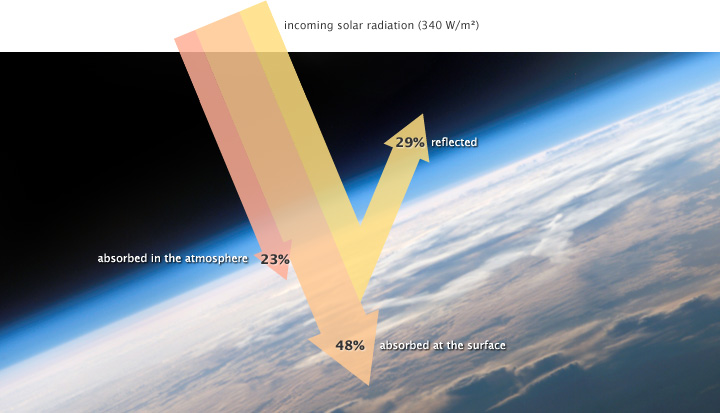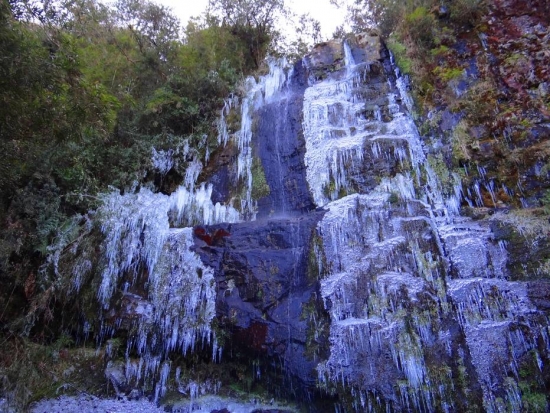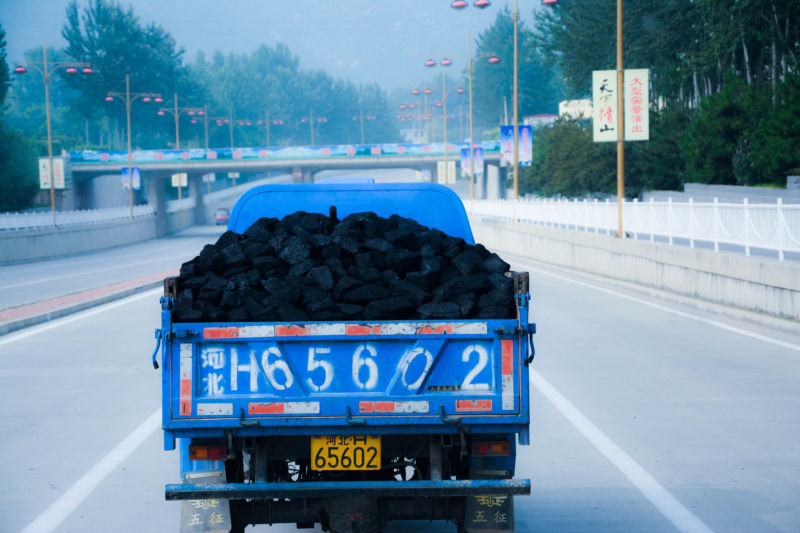M
moose eater
Thanks Trich.
Yep, there's folks who are looking at not only the planet, but human inter-connectedness from the 'electro-magnetic' perspective. interesting stuff.
I would occasionally read here, over a year ago, and saw sometimes interesting assertions, as well as the standard jousting and insults being somewhat routinely levied.
I recall quite some time ago, reading in this thread, someone's comment about top secret clandestine stuff going on at the Antarctic, and they said that was why no one was allowed there.
I know folks who have worked there seasonally, for many years, doing things ranging from construction, to ice-core-sampling and data, as well as a translator who engaged in eco-tourism on a Russian-built vessel, leased to a Canadian outfit, taking smaller vessels into the bays around the Antarctic, so when I'd read that, I'd rolled my eyes a bit, and went to the next thread, but would circle back around on occasion.
It's the definite observable changes I've witnessed here, in the northern sub-arctic, over the last 42 years, with 41 of those being in various places in Alaska, that led me to come back and post the (I believe) 'meaningful anecdotes' (if those 2 words can safely be combined) re. our glaciers receding, water sources ceasing to feed lakes, the lack of unidirectional changes here, such as the interior moderating in ALL seasons, and becoming more wet/damp, while the coast apparently warms a bit more, and the oceans near us are definitely changing.
But the information has flowed in a number of directions, and some of it has been enlightening.
Today, in particular, I was more 'crippled' than usual by my less-than-standard sleep schedule, working into wee hours of the night, then being awakened early on. It hasn't helped my ability to comprehend.
Thanks for the explanations.
Yep, there's folks who are looking at not only the planet, but human inter-connectedness from the 'electro-magnetic' perspective. interesting stuff.
I would occasionally read here, over a year ago, and saw sometimes interesting assertions, as well as the standard jousting and insults being somewhat routinely levied.
I recall quite some time ago, reading in this thread, someone's comment about top secret clandestine stuff going on at the Antarctic, and they said that was why no one was allowed there.
I know folks who have worked there seasonally, for many years, doing things ranging from construction, to ice-core-sampling and data, as well as a translator who engaged in eco-tourism on a Russian-built vessel, leased to a Canadian outfit, taking smaller vessels into the bays around the Antarctic, so when I'd read that, I'd rolled my eyes a bit, and went to the next thread, but would circle back around on occasion.
It's the definite observable changes I've witnessed here, in the northern sub-arctic, over the last 42 years, with 41 of those being in various places in Alaska, that led me to come back and post the (I believe) 'meaningful anecdotes' (if those 2 words can safely be combined) re. our glaciers receding, water sources ceasing to feed lakes, the lack of unidirectional changes here, such as the interior moderating in ALL seasons, and becoming more wet/damp, while the coast apparently warms a bit more, and the oceans near us are definitely changing.
But the information has flowed in a number of directions, and some of it has been enlightening.
Today, in particular, I was more 'crippled' than usual by my less-than-standard sleep schedule, working into wee hours of the night, then being awakened early on. It hasn't helped my ability to comprehend.
Thanks for the explanations.









